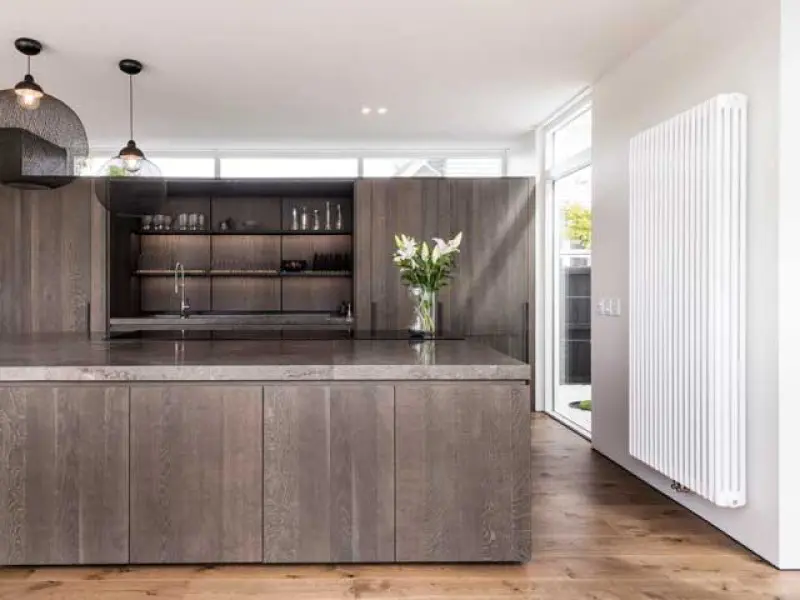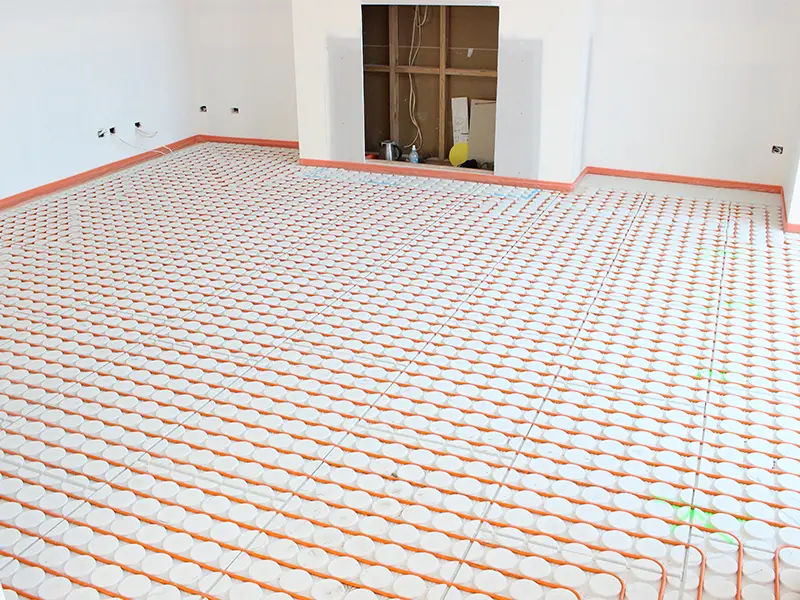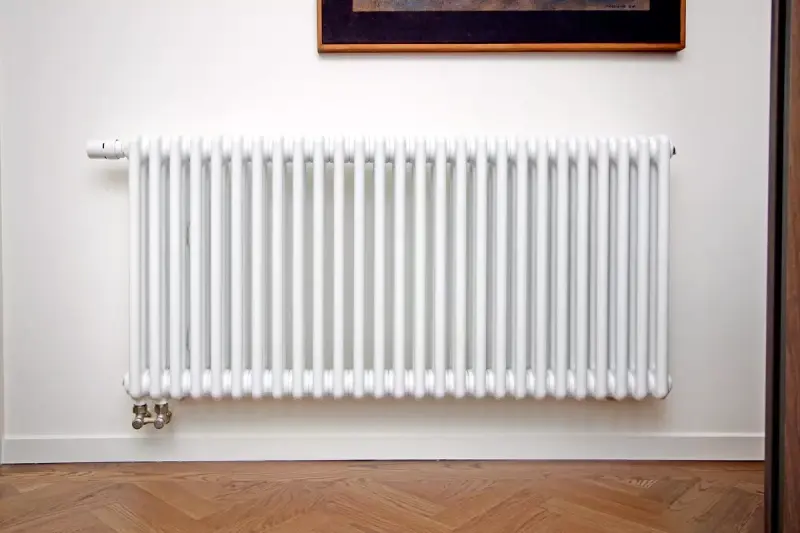Central heating is a complete system that moves away from the New Zealand norm of having one heat source in the living area, leaving the rest of the home cold in comparison. In contrast, central heating means wherever you are in your home, you’ll be warm, says Central Heating's Bronwyn Crittall.
Winter is in full swing: temperatures are dropping, wind, rain, and hail have made their presence felt in full force, and the myriad ways in which to heat our homes are at the front of mind.
Of course, there are many ways to heat a house, each disparate and distinct from the last. Traditional fireplaces have been the most common throughout history, but in the 20th and 21st centuries have been supplanted by gas heaters and heat pumps.
While they all have their merits, they all also share a common flaw: each of these methods of heating cannot provide a means to heat the whole home evenly, as there is typically just one unit in the main living area of the house. But one method does exactly this, maintaining a consistent temperature in each room of the house, and is one of the most efficient ways to heat a house — central heating.
It achieves this through its innovative utilisation of a closed network of pipes installed throughout the house, through which warm water is circulated — which then emanates into the home’s interior via radiators or through an underfloor heating system.
The benefits of a single system for home and water heating are reasonably self-evident for homeowners — cutting out extra bills and simplifying winter living. But substantial value is also added to the architect/specifier market: it’s relatively easy to specify as central heating does the hard work of designing the system for the architect or specifier to include in their proposal.
“It’s whole-home heating,” says Bronwyn Crittall, the Architectural & Group Home Builder Manager at Central Heating NZ, a specialist of central heating. “It’s a complete system that goes away from the New Zealand norm of having one heat source in the living area and the rest of the home is cold— central heating means wherever you are in your home, you’ll be warm.”
Central Heating wants to make life easier for both homeowners and specifiers, Bronwyn says — so the company has a dedicated team member for the architect and specifiers market in New Zealand, working closely with them to achieve the best possible outcome for each project. And with 20 years of industry experience in this area, Central Heating knows how to align planning with installation and execution.

Central Heating: An abundance of choice
While central heating is a method of warming the home in itself, there are several different ways of sourcing the heat itself — and this abundance of choices means there is a way to suit central heating to any lifestyle.
There’s the option of diesel boilers or gas boilers, which can be ideal for homes that are rural or hard to reach. If fossil fuels are not for you, there are also more sustainable options too.
“We also offer an air to water heat pump, as well as some fully renewable options — like geothermal heat pumps and even biomass boilers and wood pellet boilers,” says Bronwyn. While air to water heat pumps are among the most efficient ways to warm the water, Bronwyn says the renewable options are fully carbon-neutral and are perfect if the site permits.
Users can also maximise their home’s energy efficiency by utilising the central heating system to not only heat the home, but also provide domestic hot water for everyday use.
“Any of the heat sources that we offer can also provide the means to heat domestic water,” Bronwyn says. “Our air to water heat pump, for example, can heat about 300 litres of water from cold in under an hour — where a typical element can take up to four hours.
“Having this functionality also means one less bill at the end of the month, which can actually help save money.” This add-on, she adds, can help save up to 70% of hot water running costs in the winter.

Suitable for both new builds and retrofits
And while it’s ideal for a central heating system to be planned and installed in new builds, where internal pipes can be attached to the mesh before any concrete is poured — or radiator heating where pipes are installed in the walls and roof — Central Heating also has a high degree of expertise in retrofitting.
When retrofitting a home for central heating, radiators are the go-to emitters: they heat up and cool down quickly, so are ideally suited to New Zealand’s often unpredictable changing weather conditions.
“If you’ve been overseas, particularly in Europe, there’s almost always radiators on the walls in homes — and Europeans have been heating their homes for a lot longer than we in New Zealand have,” says Bronwyn. “It’s just a small wall-mounted unit that emits the heat stored in the system water by the heat source.”
For new builds in particular, central heating can be an ideal option from an architect or specifier’s point of view because it encompasses several different essential functions of a home — whole-home heating, domestic hot water, etc — essentially simplifying the planning process.
And as a result of the sheer amount of experience present in Central Heating’s team, both homeowners and architects can rest assured that they’re being reliably informed on the most efficient way to incorporate a central heating system for each individual project.
This is due to a multitude of additional benefits: Central Heating has the ability to change out the heat source should technology change without interrupting the system during its lifetime. Water is around four times more efficient to heat than air, and no dust is being blown around either — further cementing its status as a strong alternative to heat pumps.
And Bronwyn says that once you’ve experienced a home with a properly-installed central heating system — engineered by the Central Heating team to ensure performance — it’s hard to go back.
“It’s an amazing feeling, completely comfortable in your home with no cold spots,” she says. “It feels like a luxury, but it really isn’t.”







